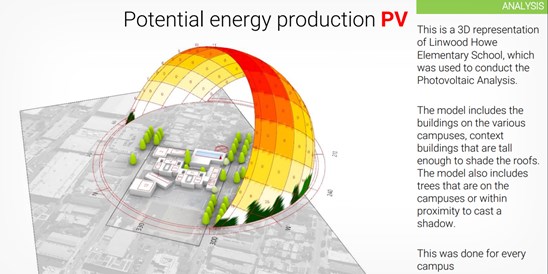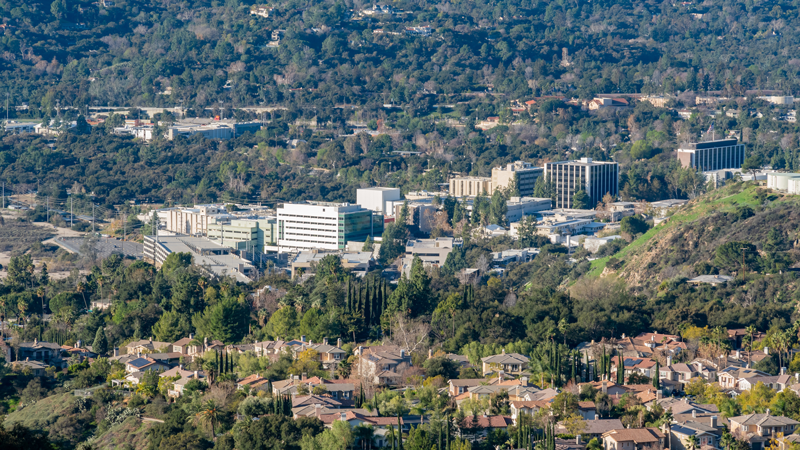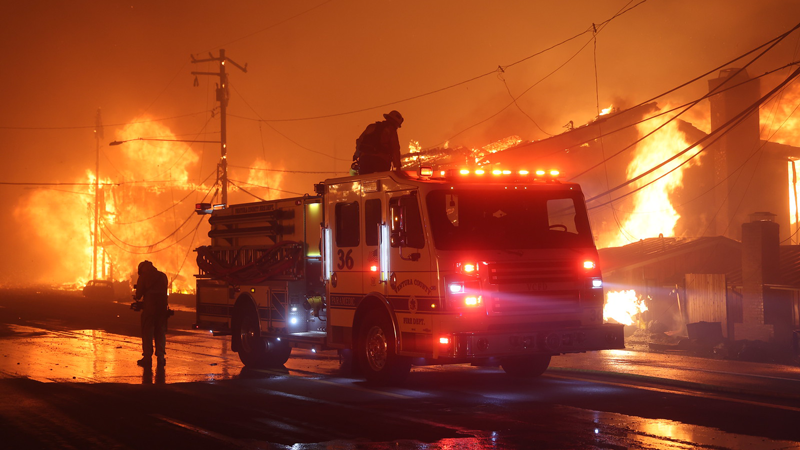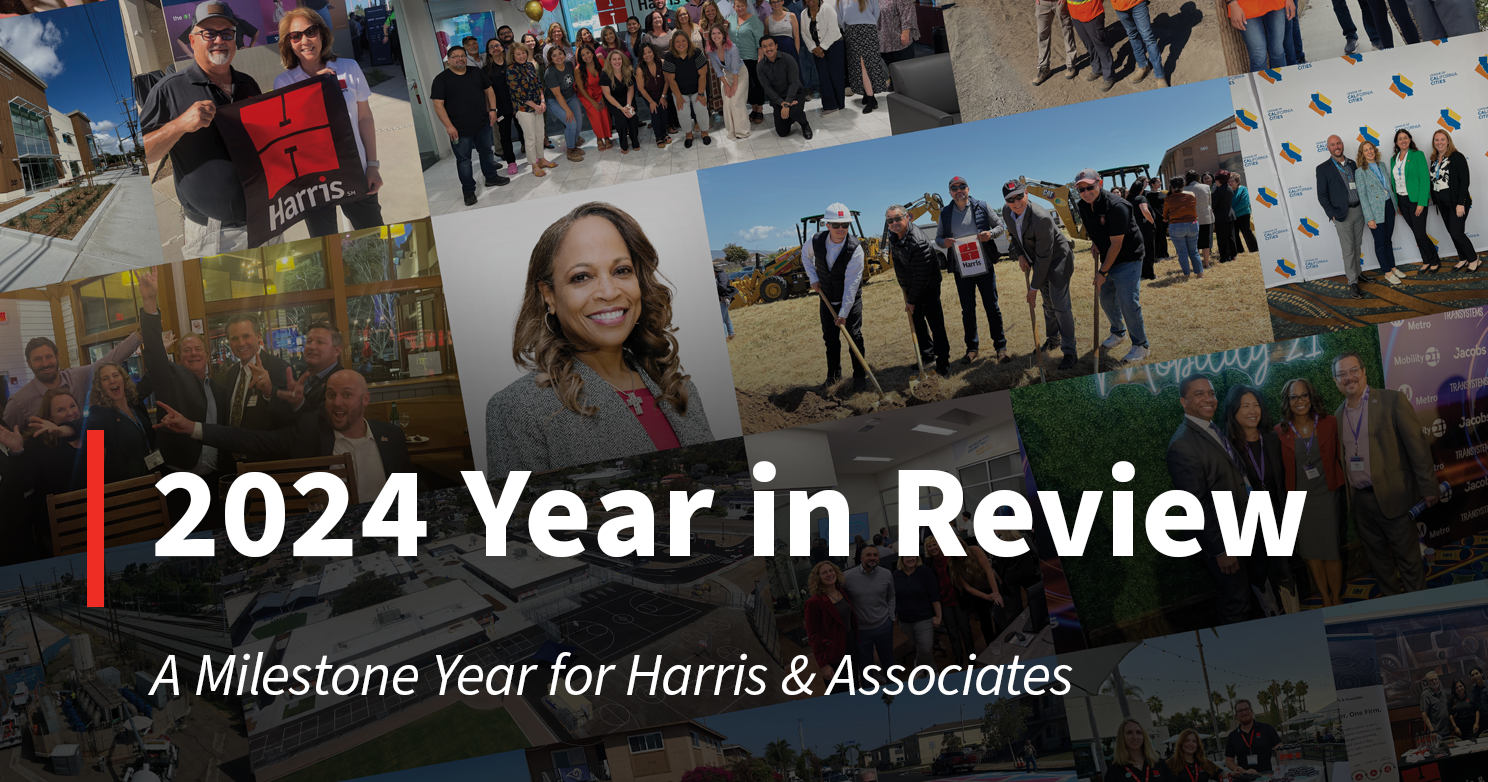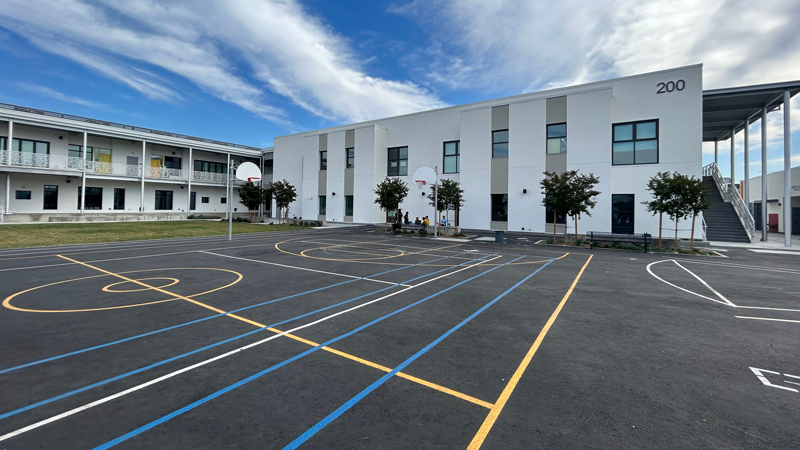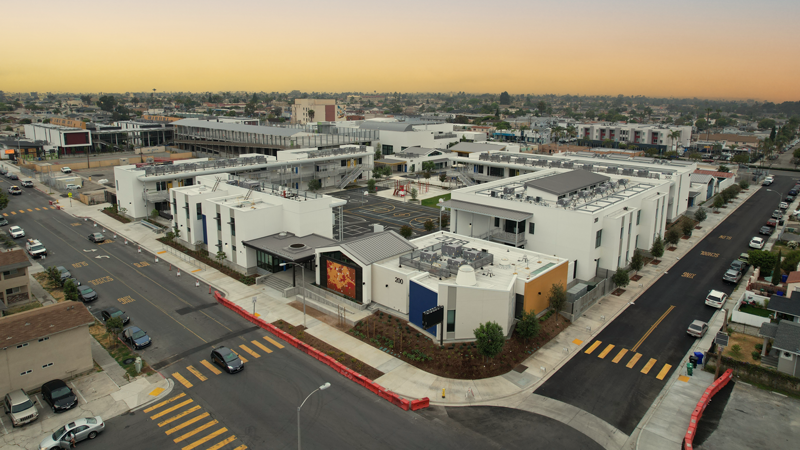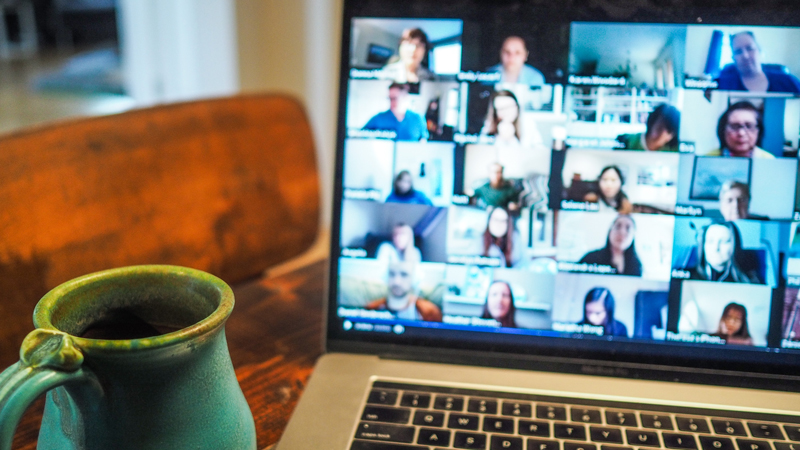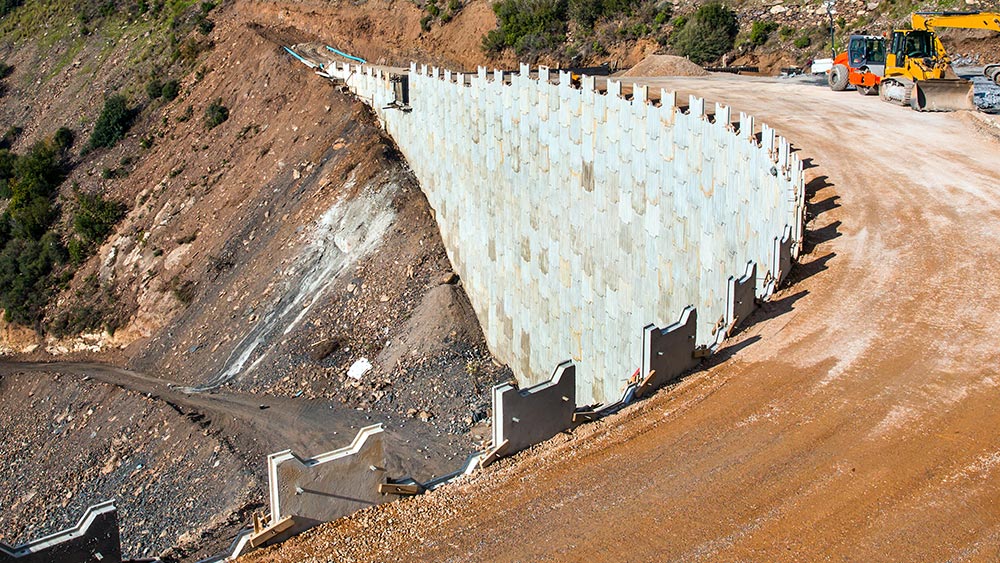3.8 minute read
December 04, 2020
Transportation remains California’s top contributor to greenhouse gas emissions. The number-two offender? Energy use in buildings.
The state has several standards and goals in the California Energy Efficiency Strategic Plan to promote a complete transformation to zero net energy buildings—those that consume as much or less energy per year as they generate from on-site renewable sources.
The California Energy Efficiency Strategic Plan of 2008, for example, established 2020 as the target date for all new residential construction to include zero net energy measures, with 2030 as the target for all new commercial construction and 50% of commercial building retrofits. Executive Order B-55-18 requires California to achieve statewide carbon neutrality by 2045 and maintain net negative emissions thereafter. This includes net zero energy campuses, which California Public Utilities Commission refers as an energy-efficient campus where, on a source energy basis, the actual annual consumed energy is less than or equal to the on-site renewable generated energy.
Collectively, the various standards and goals call for all state-owned buildings and future construction in California to achieve zero net energy by 2030.
Harris’s program and construction management teams, together with our sustainability experts, are helping clients reach their zero net energy goals. Recently, we worked with the Culver City Unified School District (CCUSD) on a multi-campus project to incorporate a Zero Net Energy Master Plan into their Facilities Master Plan.
Our work broke down into three distinct phases typical of most zero net energy initiatives.
- Determine current and benchmark energy consumption.
Before you can improve, you must measure. We worked with CCUSD to evaluate their current energy consumption across their facilities as well as their 1990 consumption levels—the benchmark year used by the United Nations Framework Convention on Climate Change.
Since energy records from 30 years ago are hard to find, we based our calculations on the 1990 square footage and the current energy cost per square footage, adjusting for any significant changes.
- Analyze and implement energy conservation methods.
For CCUSD, we proposed energy conservation measures (ECM) in low, medium, and high cost tiers.
Low-cost methods include outfitting buildings with:
-
- Occupancy controls that adjust lights and other systems according to the presence of people
- Daylighting controls that use sunlight for interior lighting whenever possible
- Economizer controls that use outside air to naturally cool the building’s interior
Medium-cost methods involve upgrading older fan coil units throughout the school district to a more efficient Variable Refrigerant Flow (VRF) system that uses refrigerant for both cooling and heating. This is where balancing conservation with generation comes into play; we need to analyze the cost benefit of making these improvements and target the least efficient units and buildings not likely to be replaced.
One of the more expensive conservation tactic involves reducing the infiltration rate (the flow of unwanted air throughout a building). This requires sealing of a building envelope and adding insulation in order to decrease energy loss. However, this too must be looked upon with a cost benefit analysis; is it cheaper to replace the building? Are we able to add insulation without affecting the useable square footage of the building?
- Install energy generation methods.
Since zero net energy requires energy production from renewable sources, we recommended CCUSD equip each new and existing building with photovoltaic (PV) arrays. These arrays consist of numerous solar panels connected to form a larger system.
Analyses based on our 3-D modeling helped determine the use and placement of the PV arrays. Our models included buildings across the various campuses along with context buildings and trees that could cast shadows and affect performance.
Our work with CCUSD will take place in phases over the next several years, hitting milestones along the way to their 2040 goal of zero net energy consumption.
An additional note: Towards the beginning of our engagement with CCUSD, we learned of a Sustainability Club at one of the local high schools. We invited the student members to join us in our zero net energy planning. They taught us a great deal. It’s enlightening to hear the younger generation’s concerns and encouraging to see their commitment to building a more sustainable future for their community.
Ask how the Harris team can help reach your zero net energy goals and contact our experts below!
Authors
Diane Sandman, AICP
Darin Neufeld, AICP
Source
Harris & Associates
Markets
Services
Environmental Planning + Compliance
Program Management
Construction Management
Categories
Zero Net Energy
